
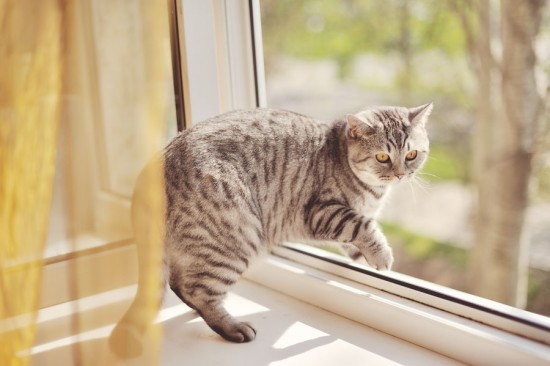
In the UK, the vast majority of domestic cats kept as pets are indoor/outdoor cats- those that have free access to the outside world for at least part of the day. However, in other countries such as America and Australia, this is almost unheard of, and cats are generally kept as indoor-only pets and not allowed to roam freely outside. For any cat that has spent its whole life indoors, the outside world can seem very large and confusing, and while most indoor cats enjoy looking out of the window and might welcome the chance to go out and explore, generally, keeping them indoors- and happy- is not too challenging.
However, for a cat that has been used to being able to go outside for most of its life, suddenly making the transition to being an indoor-only cat can be difficult, for both cat and owner. If you find yourself in the position of having to keep your cat contained inside the house for any reason, it can seem like an almost impossible undertaking. But don’t despair- there are a few things that you can do to make things go more smoothly! Read on to find out more.
There is a wide range of reasons for why cat owners might find themselves in the position of having to keep a previously indoor/outdoor cat inside. The most obvious and commonly occurring reason is due to a house move, where it is recommended that cats be kept indoors for a few days to acclimatise before being let out, and while this can be inconvenient, is usually manageable as it is only for a short period of time!
However, if your cat needs to be kept in for a longer period of time, such as if they are recovering from a veterinary treatment or illness, this can be more of a challenge. If your cat needs to live indoors permanently due to a condition such as FIV, an amputation that severely hinders their mobility, or because of dangers outside of the home, you will need to take a few steps to make sure that all of their needs are met, and that they remain happy, healthy and safe as an indoor-only cat.
If you’re keeping your cat indoors for anything longer than a couple of weeks, you will need to take some steps to make sure all of their needs are adequately met. Indoor/outdoor cats are much more self sufficient and can take care of themselves more easily than cats kept indoors, and so you must account for this when taking care of your indoor-only cat.
All cats need to have access to grass- cats will sometimes eat grass, which induces vomiting that can help to bring up hairballs. This is normal, and in fact important for their health, and so should not be discouraged. As grass does not grow through the carpet of the average home, you will need to provide some fresh, growing grass for your cat to munch on as needed. You can buy special kits of grass to grow in a pot that is especially designed for cats, and this is ideal. Picking grass and leaving piles of it around the house as an alternative is not suitable, as the grass must be fresh!
Indoor-only cats may need to be fed a special diet designed to take care of their differing nutritional requirements and changed activity levels. Most larger supermarkets and all veterinary practices will be able to sell you a pre-packaged complete food designed specifically for the needs of indoor-only cats.
Keeping your indoor cat entertained is vital to ensuring their happiness and wellbeing when they can’t go out. This means providing plenty of interactive toys and activities, playing with your cat a lot, and ensuring that they stay as active a possible. Watching the world go by is a great way for your cat to while away the hours, so make sure they have access to a closed window in a comfortable spot that they can look out of.
Even cats that have lived indoors all of their lives occasionally make a bid for freedom, and in cats that are used to being able to go outside, this is often much more pronounced. Make sure that your cat cannot climb out of any open windows (affixing a sturdy mesh screen over windows allows for fresh air and ventilation while providing a safe barrier) and be aware of other possible exits such as air vents and fireplaces. Also, of course, be aware of your cat’s location any time you open the doors to leave the house yourself! If you have an entrance with two doors that form a kind of corral so that you can close one door before opening the other one, this is ideal.
While your cat may well try to squeeze out at some point, keeping them entertained and happy can go some way towards minimising the chances of this happening.
Depending on the reason for which your cat needs to be kept inside, you may still be able to give them some supervised access to the outside world.
Good luck!
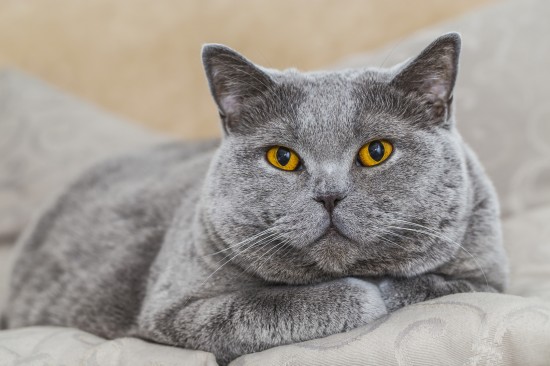 What Nutrients Do Cats Need, And What Do They Do?
What Nutrients Do
What Nutrients Do Cats Need, And What Do They Do?
What Nutrients Do
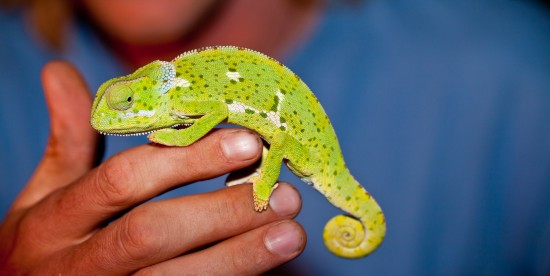 Assessing The Potential New Owner Of Your Puppies Or Dog
Assessing The Pot
Assessing The Potential New Owner Of Your Puppies Or Dog
Assessing The Pot
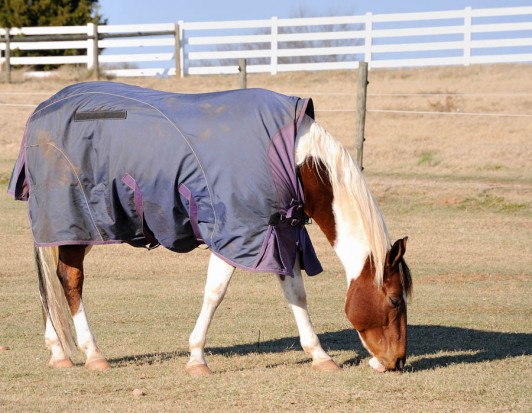 Winter Horse Feeding & Rugging - What To Consider
Winter Horse Feed
Winter Horse Feeding & Rugging - What To Consider
Winter Horse Feed
 Do Fleas Have A Natural Predator?
Yes, fleas have a natural predator, in fact they have a
Do Fleas Have A Natural Predator?
Yes, fleas have a natural predator, in fact they have a
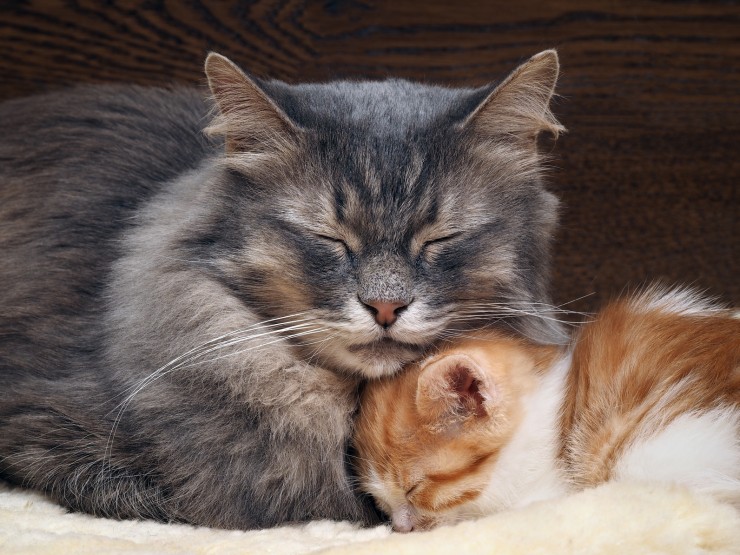 6 Important Life Skills That Mother Cats Teach Their Kittens
6 Important Life
6 Important Life Skills That Mother Cats Teach Their Kittens
6 Important Life
Copyright © 2005-2016 Pet Information All Rights Reserved
Contact us: www162date@outlook.com